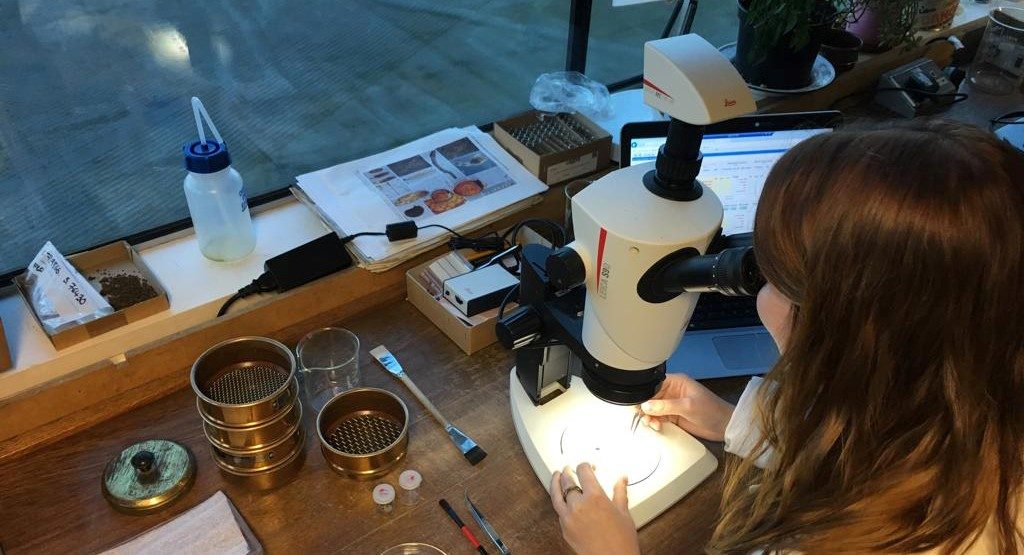Archaeobotanical remains, from prehistory to the post-medieval period have been uncovered along the A14 Cambridge to Huntingdon improvement scheme. We know that cereal crops such as wheat and barley were staple plant-based foods at ancient settlements and sites along the route, and we uncovered the earliest physical evidence of the beer-making process from our analysis of samples taken from the scheme.
However, as our archaeobotany team move through the post-excavation process they are uncovering clues about the other plant-based foods which are likely to have had an important role in the diet of past populations. Let’s explore the potentially toxic world of pulses.
Seeds from grass pea (Lathyrus sp.) and vetch (Vicia sp.) from the Iron Age have both been detected. These are pulses, but are now more closely associated with animal fodder and periods of hunger.
These seeds have been disregarded as everyday food in modern times because of their bitter taste, a consequence of the high concentration of toxins present in their seed coat. To prepare them for human consumption they should undergo a process of leaching – extracting substances from a solid by dissolving them in a liquid – for example soaking them in water to separate the seed from the coating.
Several techniques could have been used to de-toxify them and prepare them for consumption – soaking, boiling or removing of the seed coats (where most of the toxic substances are held) by hand.
We know that these seeds have been discovered at prehistoric sites in the Near East and Europe, but it’s not yet known whether past populations were fully aware of their toxicity.
By the Roman period, the toxicity of these seeds was definitely known, as Pliny the Elder points out in Naturalis Historia in 78 AD. He goes on to suggest that due to grass pea and vetch causing headaches and other health issues, they should be mixed with cereals to make them more suitable for human consumption. They have been discovered in a very large proportion of the environmental samples along the scheme, although little is known to date about how they would have been cooked in the Iron Age and Roman periods in Cambridgeshire.
We’re hopeful that the next phase of analysis of the project will shed light on the potential culinary uses of these pulses in addition to their role as animal fodder.
Join us on our journey!
- Twitter: @A14C2H #A14Archaeology
- Facebookcom/A14C2H/ #A14Archaeology
- Find out more about the A14C2H improvement scheme here
The archaeological programme for the Cambridge to Huntingdon improvement scheme is being carried out by A14 Integrated Delivery Team on behalf of Highways England.

0 Comments
Leave A Comment